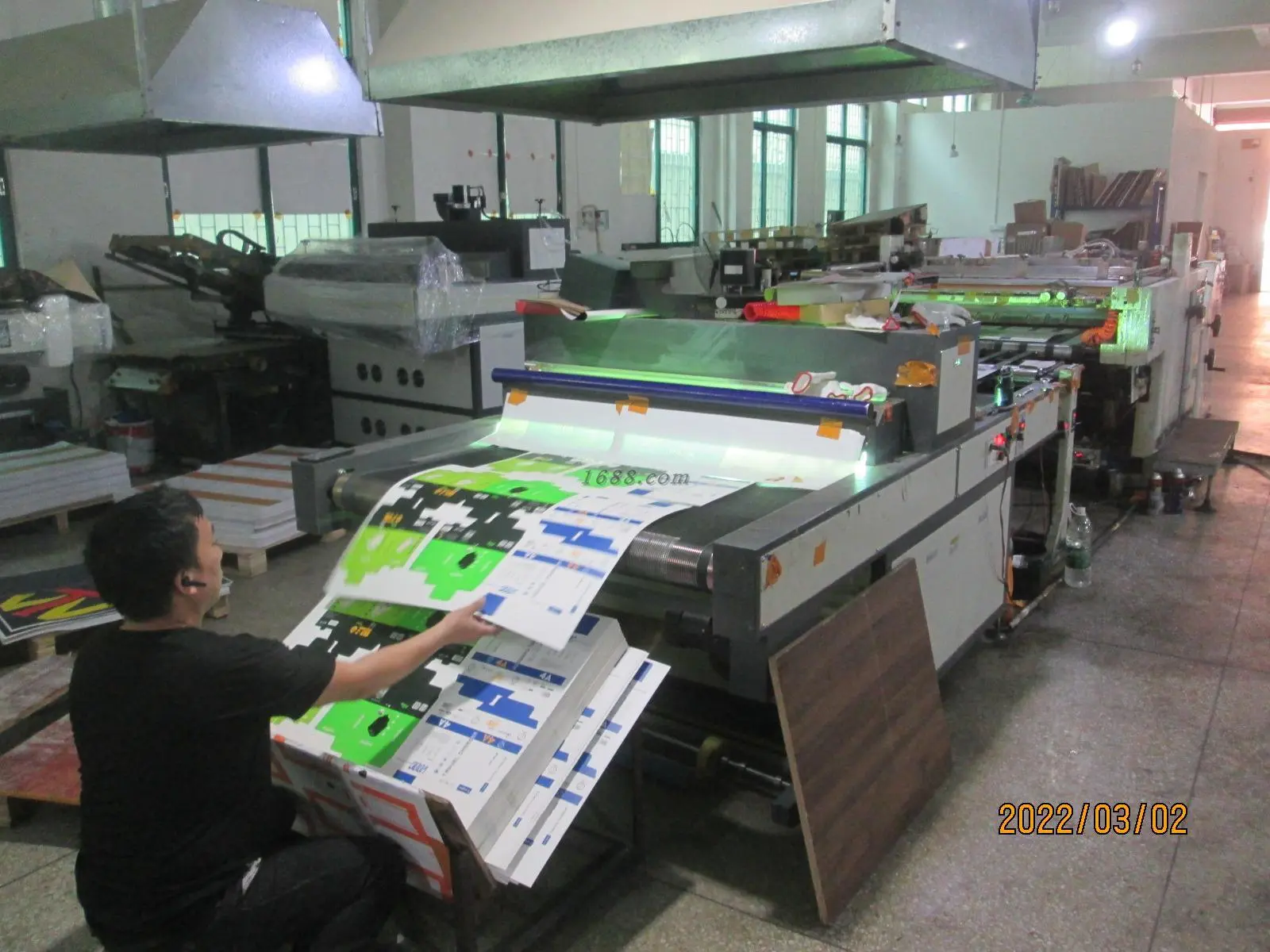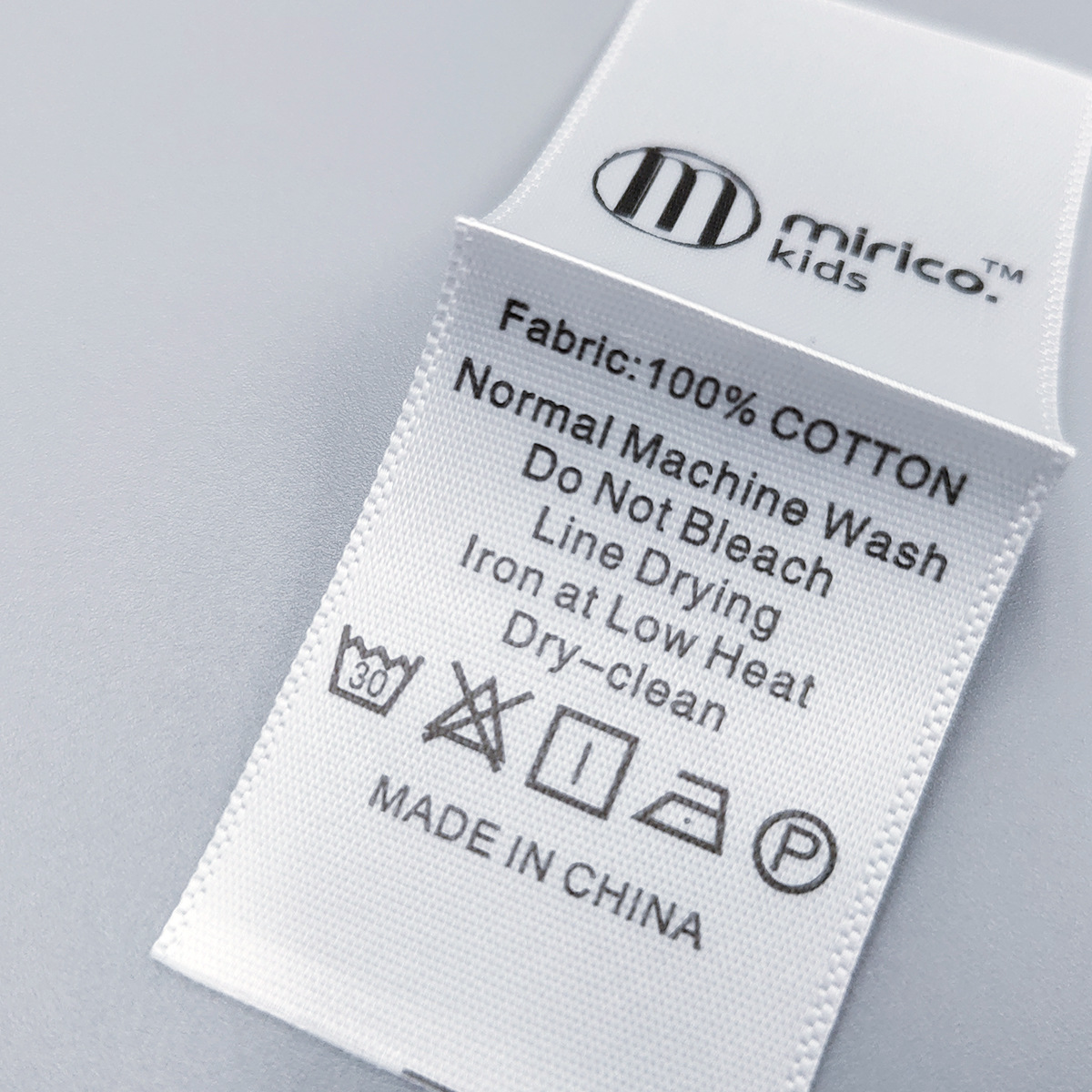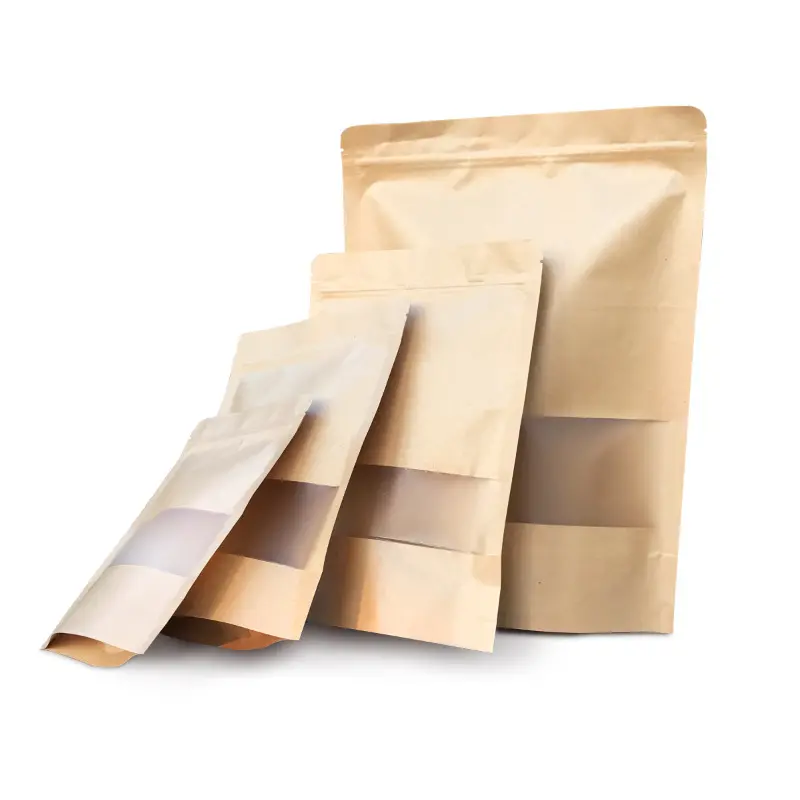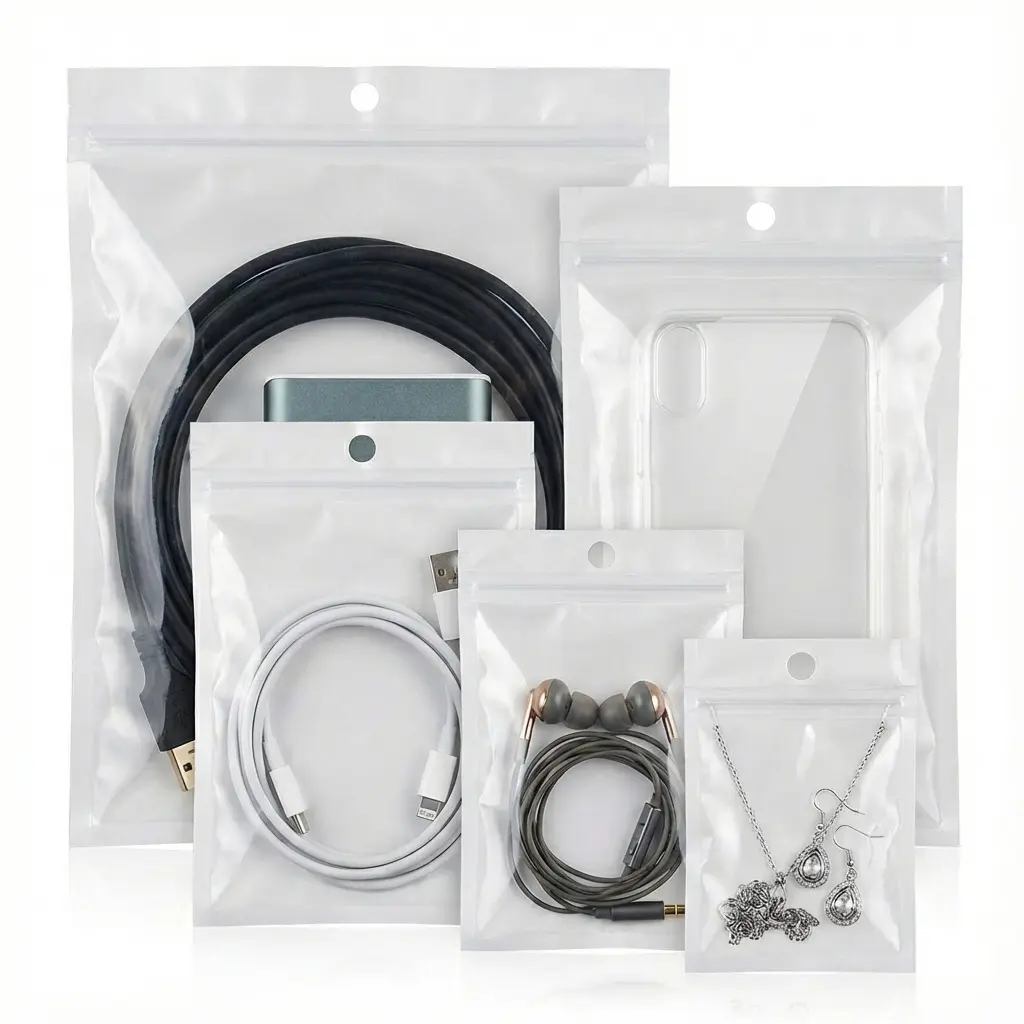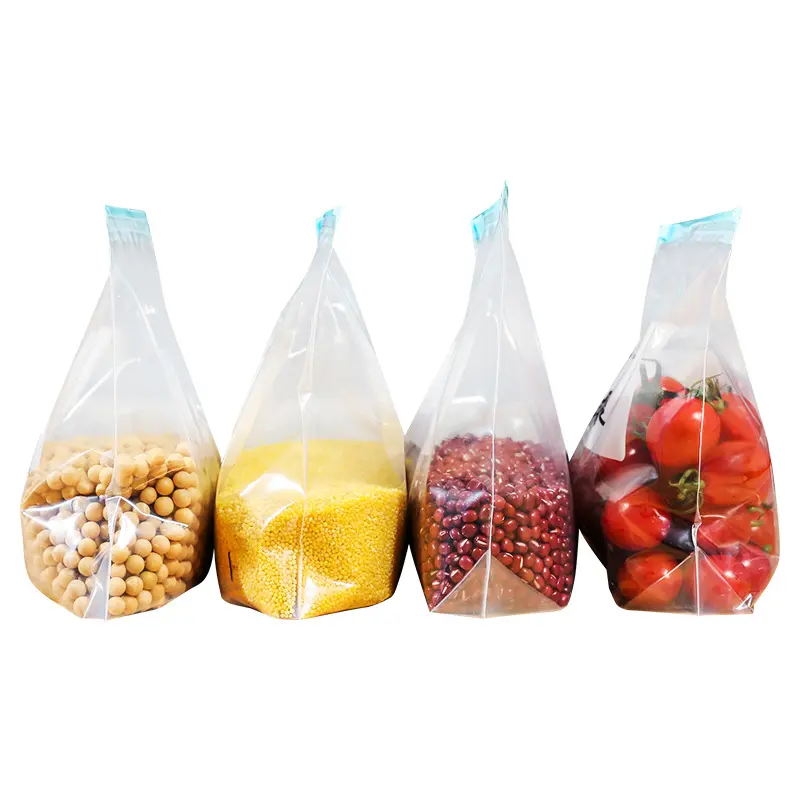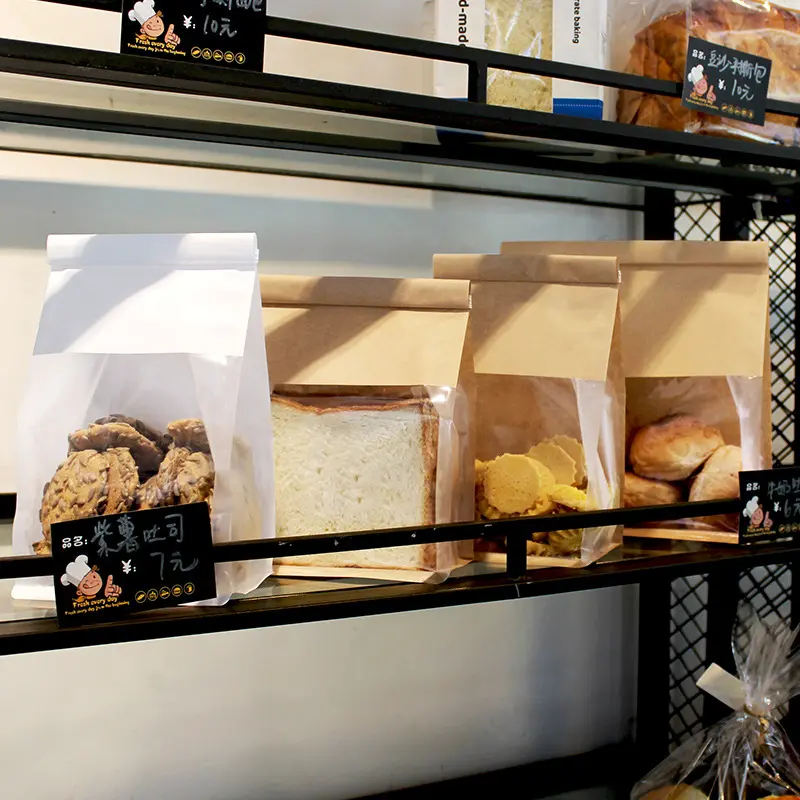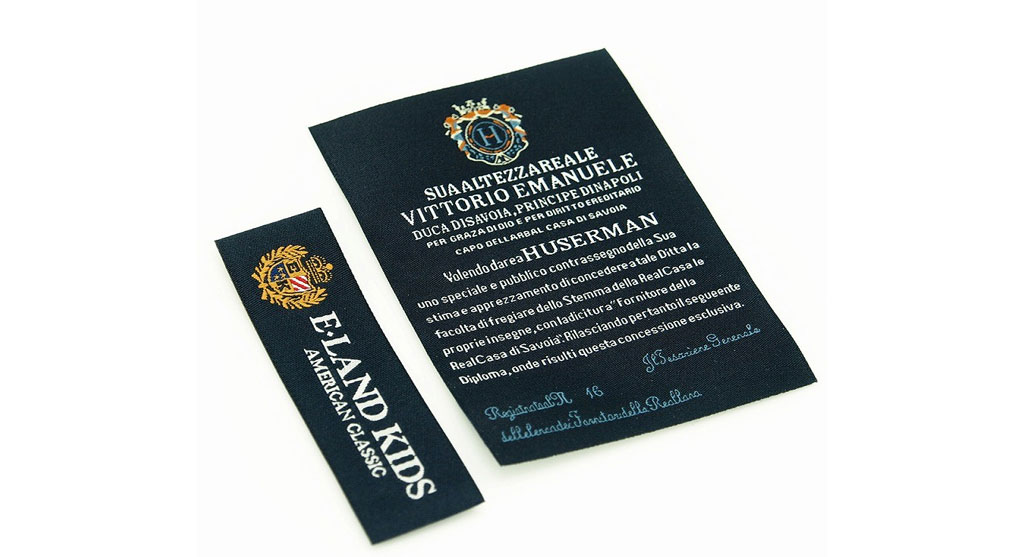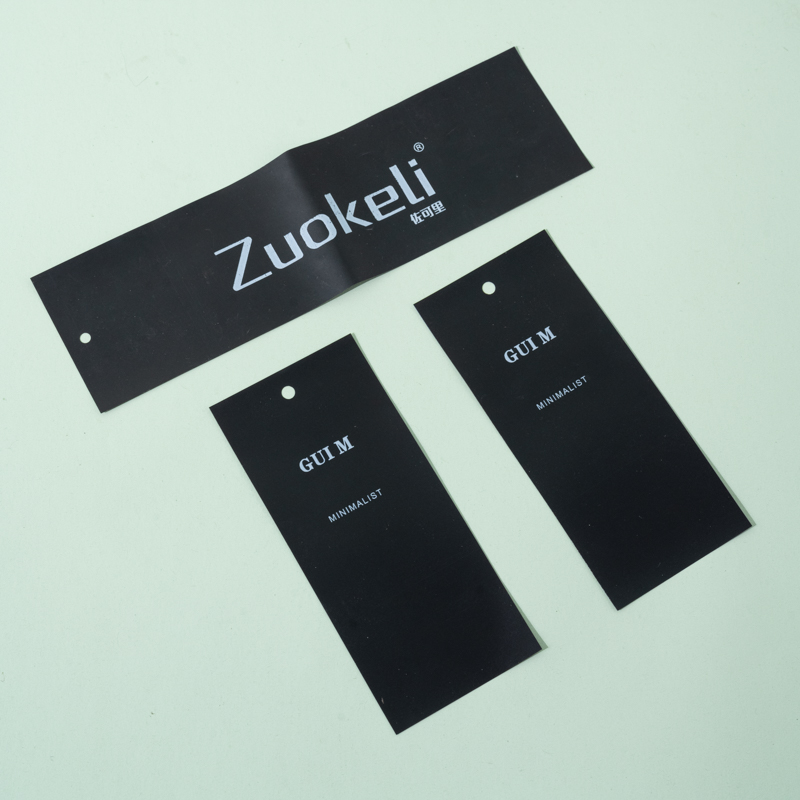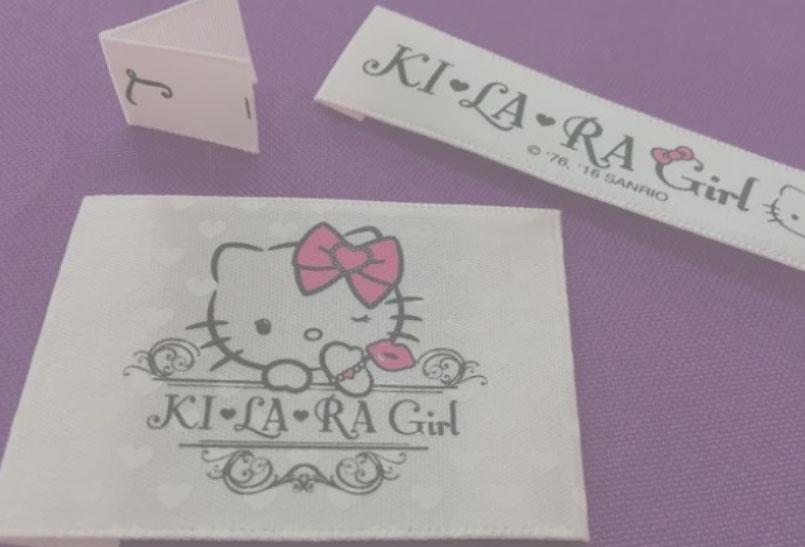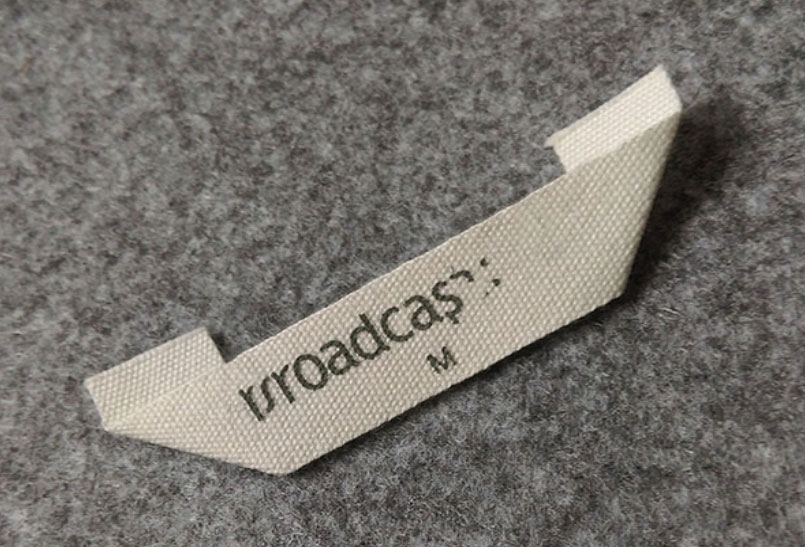Wholesale Customization of Nursing Home Clothing Labels
Nursing Home Clothing Labels
To facilitate the management and categorization of clothing in nursing homes, nursing home clothing labels often feature distinct color coding or specific symbols, allowing for the quick identification of different types of clothing, such as daily wear, care uniforms, and winter coats.
Uses of Nursing Home Clothing Labels
Nursing home clothing labels serve various purposes. For nursing home staff, these labels are essential tools for managing clothing. The information on the labels allows staff to quickly and accurately identify the owner, type, and size of the clothing, making it easier to distribute, collect, and organize garments. In laundry services, the washing instructions on the labels help guide staff in correctly cleaning clothes, preventing damage from improper washing methods. For elderly residents and their families, the labels assist in easily locating personal garments, avoiding mix-ups. Additionally, the label information enables families to ensure that the clothing is appropriate, including details on material and care instructions, promoting better care for their loved ones.
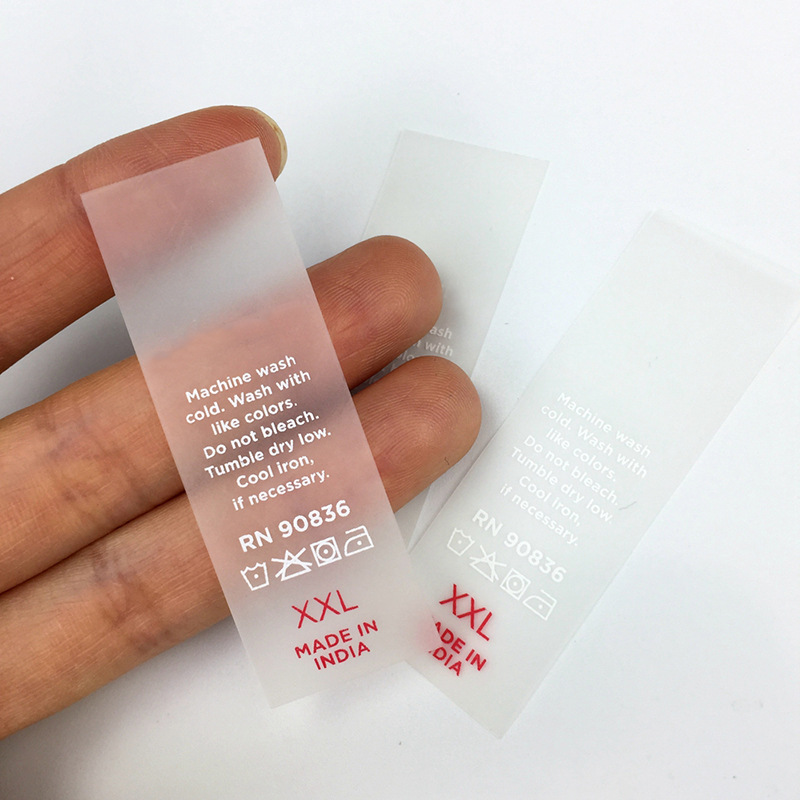
hnweb_
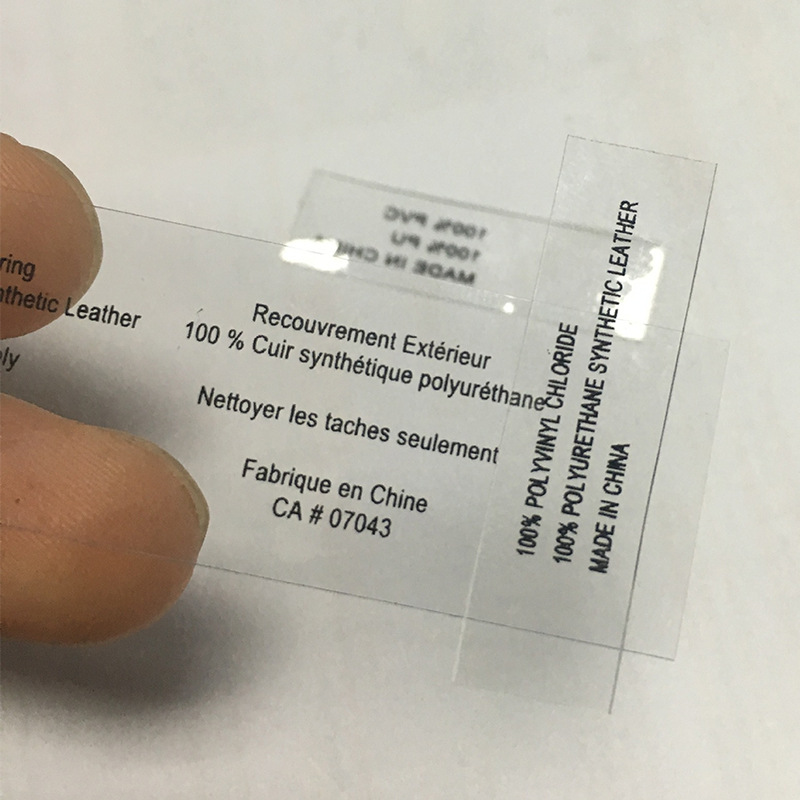
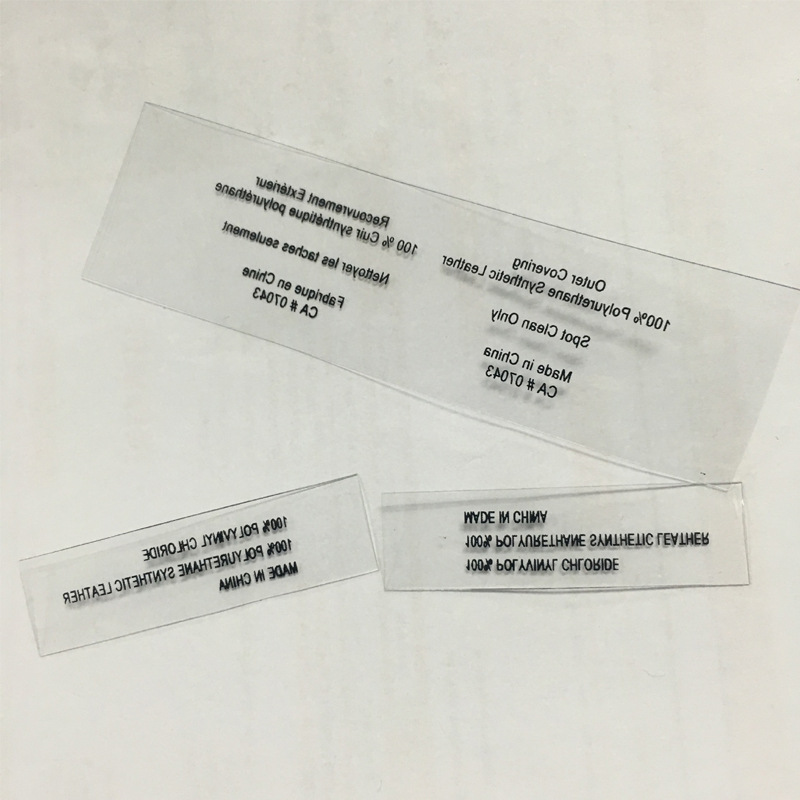
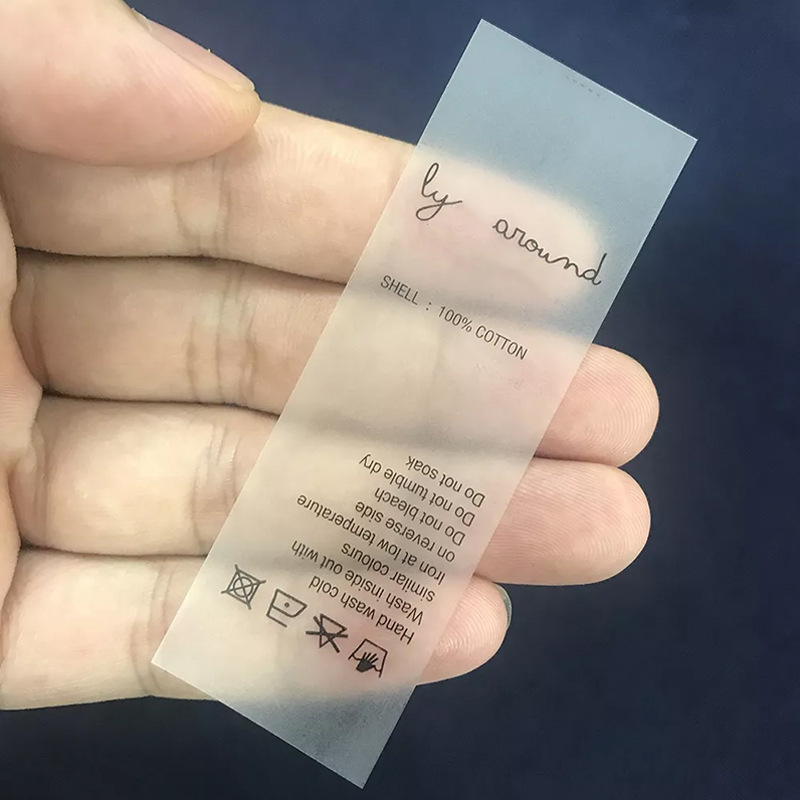
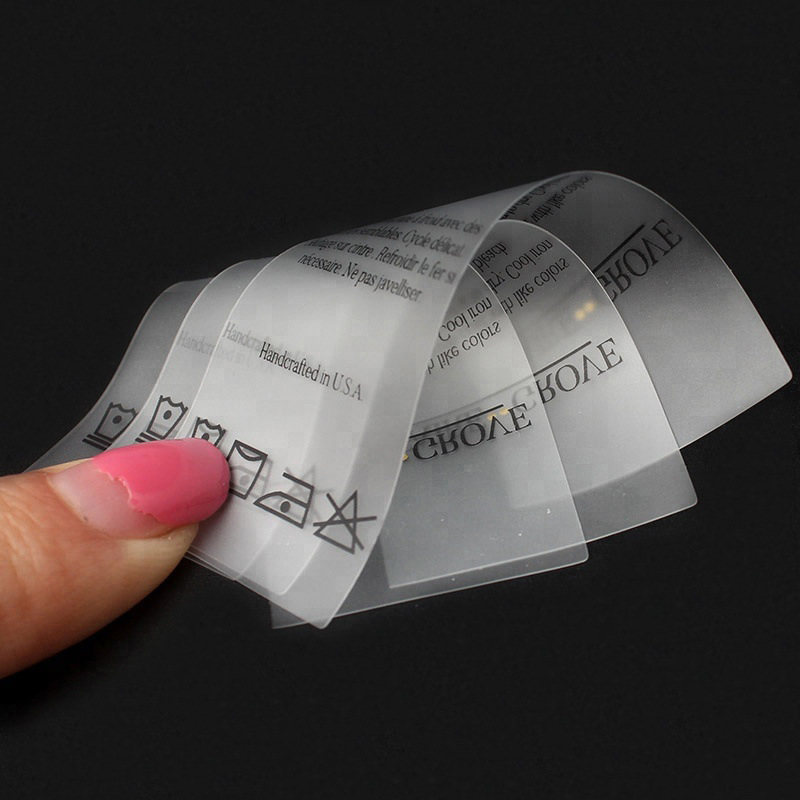
Materials for Nursing Home Clothing Labels
In terms of material selection, nursing home clothing labels need to balance softness, durability, and safety. Common materials include fabric labels, which are soft, comfortable, and adhere well to clothing without irritating the skin. Fabric labels are also durable, withstanding multiple washes. Plastic labels are another common choice, offering waterproof and moisture-resistant properties to keep the label information intact. However, plastic labels tend to be stiffer, so it’s important to ensure the edges are smooth to prevent skin irritation.
Sizes of Nursing Home Clothing Labels
The size of nursing home clothing labels should be determined by the type of clothing and specific needs. Typically, labels for tops can be larger to accommodate more information, with lengths ranging from 5 cm to 8 cm and widths from 3 cm to 5 cm. For pants, where labels are more hidden, a smaller size is appropriate, with lengths from 3 cm to 5 cm and widths from 2 cm to 3 cm. For special garments, such as underwear, labels should be even smaller to ensure comfort. Label sizes should also align with the overall design of the clothing to avoid being too conspicuous.
Other Products for Nursing Home Clothing Labels
In addition to clothing in nursing homes, labels can be used for other elderly-related products. For example, bedding items like sheets, duvet covers, and pillowcases can have labels indicating the resident's room and bed number, making it easier for staff to organize and change them. Personal items such as towels, bath towels, and cups can also be labeled to prevent confusion between residents. Labels can even be applied to rehabilitation equipment and walkers, recording usage and maintenance instructions to ensure proper use by staff and residents.
Cost of Nursing Home Clothing Labels
The price for nursing home clothing labels is $0.08 per label, with a minimum order quantity of 3,000 pieces. For nursing homes, this represents a cost that requires careful consideration. When placing an order, nursing homes should base the quantity on their actual needs and budget. Larger nursing homes with more residents may benefit from purchasing larger quantities in bulk to reduce the average cost per label.
Manufacturer of Nursing Home Clothing Labels - LIJIE from China
LIJIE, a Chinese manufacturer, offers significant advantages in the production of nursing home clothing labels. With advanced production equipment and technology, we produce high-quality labels. LIJIE ensures strict quality control in both material selection and printing processes, guaranteeing the durability of the labels and the accuracy of the information. As a manufacturer based in China, we also have cost advantages, allowing us to offer competitive pricing for nursing homes. Moreover, LIJIE can customize labels in different styles, sizes, and materials according to the specific needs of nursing homes, catering to personalized demands.























